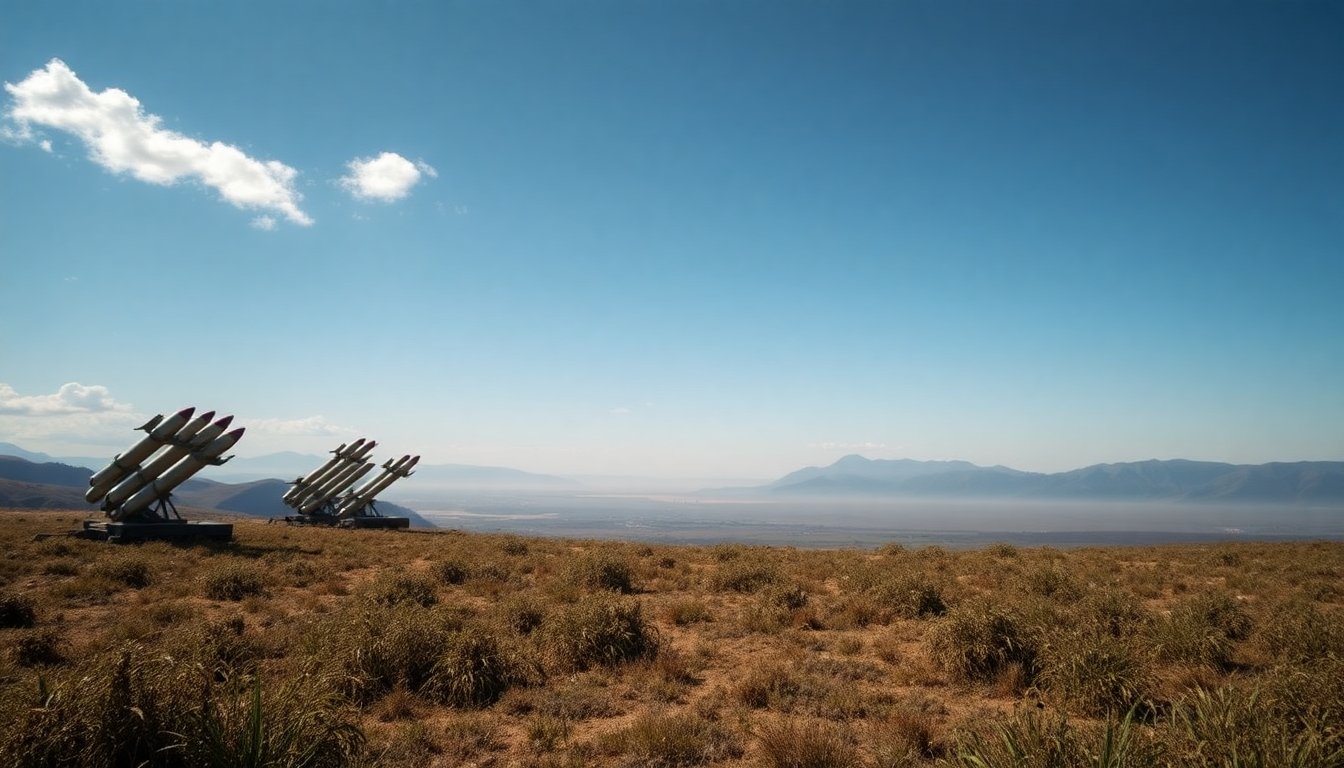Table of Contents
In recent months, North Korea has exhibited a notable change in its approach to missile testing. This transition comes after a period marked by significant advancements in their missile technology. Rather than conducting numerous launches to attract global attention, Pyongyang appears focused on solidifying its nuclear deterrent capabilities, indicating a shift in strategy.
The recent missile tests, which occurred shortly before the upcoming Asia-Pacific Economic Cooperation (APEC) summit, have raised eyebrows in the international community. Observers have noted that the launches seem strategically timed to coincide with diplomatic events, suggesting a calculated approach from the North Korean regime.
Recent missile launches and strategic implications
On a brisk morning near Junghwa, south of Pyongyang, North Korea launched multiple short-range ballistic missiles. These missiles reportedly flew approximately 350 kilometers, landing in the northern region of the country, rather than the usual maritime targets.
This tactic emphasizes the North’s ability to conduct tests that are less visible to international observers while still demonstrating military capability.
Military advancements and domestic production
North Korea’s missile industry has seen improvements in efficiency and speed, reflecting a commitment to enhancing its missile production capabilities.
Recent satellite imagery has revealed the construction of a new missile base disguised as a golf course, highlighting the regime’s intent to bolster military infrastructure while maintaining a facade of normalcy.
Furthermore, the North’s military advancements are not solely for self-defense but are also aligned with external alliances.
Reports indicate that North Korea is ramping up its arms production to support Russia amidst its ongoing conflict with Ukraine. This collaboration underscores a growing military connection between Pyongyang and Moscow, further complicating the geopolitical landscape.
The impact of changing political dynamics
The political climate in South Korea is evolving, particularly under the leadership of President Lee Jae-myung. His administration has adopted a more open stance towards North Korea, favoring cooperation over confrontation. However, a recent shift in public opinion suggests that many South Koreans no longer view reunification as a priority. A recent survey indicated that a majority now considers the idea of a unified Korea unnecessary, marking a significant change in sentiment.
Diplomatic engagements and future meetings
As the APEC summit approaches, there are rumors about potential meetings between global leaders, including a possible fourth encounter between U.S. President Donald Trump and North Korean leader Kim Jong Un. However, experts believe the likelihood of a successful dialogue is minimal, particularly given the current stalemate regarding denuclearization discussions. Kim Jae-chun, an analyst from Sogang University, argues that the divide between the U.S. and North Korea remains substantial, making productive talks unlikely.
In conclusion, while North Korea’s missile testing may have slowed in frequency, the underlying motivations and strategic implications are more complex than they appear. The regime’s focus on consolidating its military capabilities, coupled with shifting political dynamics in South Korea and an evolving international landscape, suggests that the future of North Korean diplomacy will be marked by cautious maneuvering rather than open engagement.





